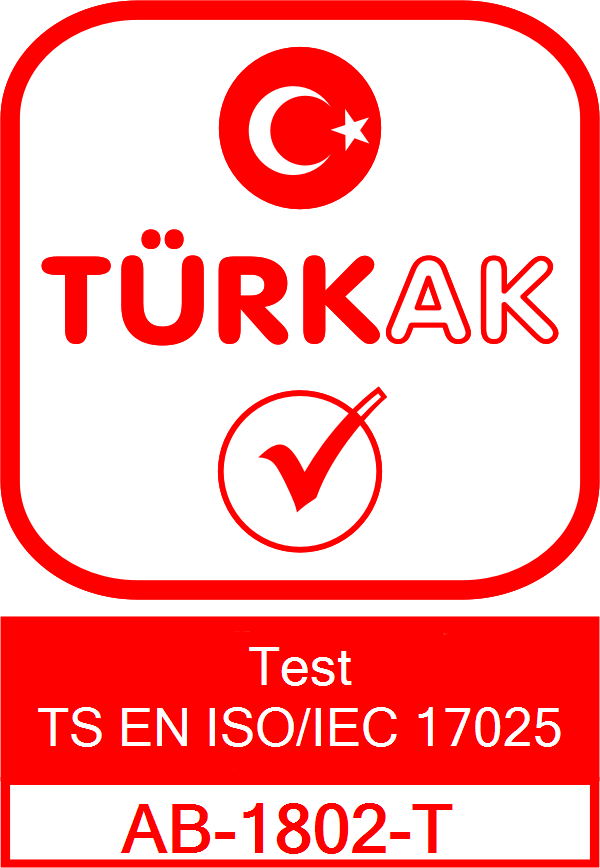Determination of Particle Count (Oil Pollution)
Determining the number of particles or oil contamination in oils is a critical analysis for evaluating the cleanliness and quality of oils used in hydraulic systems, bearings, gearboxes and other machinery. Contaminated oils can cause equipment wear, loss of performance, and malfunctions. Therefore, performing regular analyzes to determine particulate levels in oils is important for the long life and effective performance of equipment.
Determination of the number of particles in oil is usually done using automatic particle counters. These devices can quickly and precisely determine the number and size of particles in a given oil sample.
**Standard Methods Used for Oil Contamination Determination:**
- **ISO 4406:** This standard is the most widely used method for determining the number of particles in oils. ISO 4406 classifies the number of particles in specific size ranges and provides a coding system for determining the cleanliness level of an oil.
- **NAS 1638:** This is another popular cleaning classification system. It is often used in the aerospace industry.
- **SAE AS4059:** This standard classifies the number of particles in oils specifically for aerospace applications.
During the determination of the number of particles in oils, samples are usually passed through a filter and the particle counter determines the number of particles in a certain size range. This information provides valuable information about the health of the equipment and the cleanliness level of the oil.
Regular oil analyzes can help identify sources of contamination, optimize oil change intervals, and extend equipment life. Particularly in critical systems and applications with high purity requirements, it is essential to closely monitor particulate levels in oils.
Determining the number of particles or oil contamination in oils is a critical analysis for evaluating the cleanliness and quality of oils used in hydraulic systems, bearings, gearboxes and other machinery. Contaminated oils can cause equipment wear, loss of performance, and malfunctions. Therefore, performing regular analyzes to determine particulate levels in oils is important for the long life and effective performance of equipment.
Determination of the number of particles in oil is usually done using automatic particle counters. These devices can quickly and precisely determine the number and size of particles in a given oil sample.
**Standard Methods Used for Oil Contamination Determination:**
- **ISO 4406:** This standard is the most widely used method for determining the number of particles in oils. ISO 4406 classifies the number of particles in specific size ranges and provides a coding system for determining the cleanliness level of an oil.
- **NAS 1638:** This is another popular cleaning classification system. It is often used in the aerospace industry.
- **SAE AS4059:** This standard classifies the number of particles in oils specifically for aerospace applications.
During the determination of the number of particles in oils, samples are usually passed through a filter and the particle counter determines the number of particles in a certain size range. This information provides valuable information about the health of the equipment and the cleanliness level of the oil.
Regular oil analyzes can help identify sources of contamination, optimize oil change intervals, and extend equipment life. Particularly in critical systems and applications with high purity requirements, it is essential to closely monitor particulate levels in oils.

